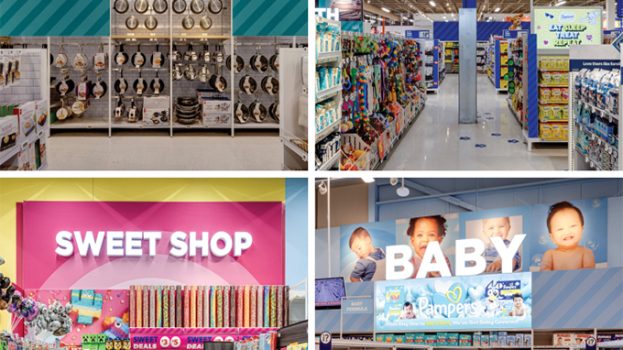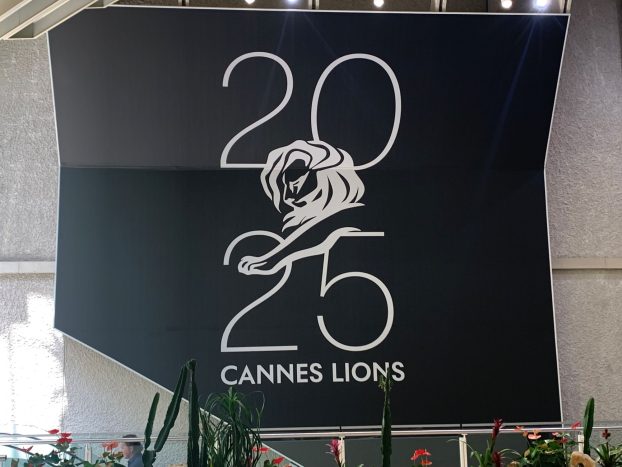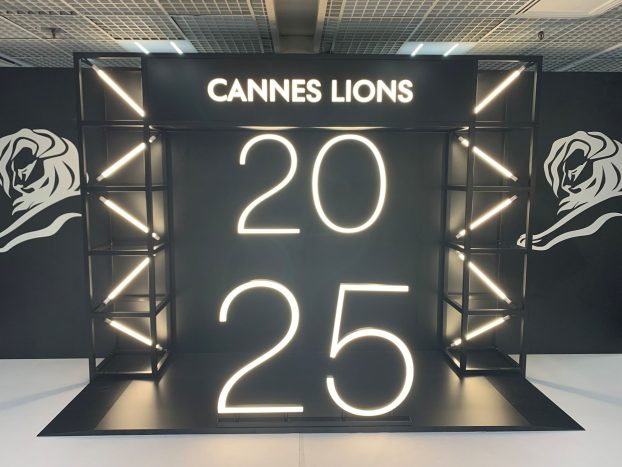Marie Chevrier Schwartz, founder and CEO of Toronto-based sampling company Sampler, estimates that the ratio of women to men product sample conversions is about 5:1. And she’s hoping a new Men’s Health Supply Kit, which provides boxes of free samples, will help CPG brands better connect with the male demo.
Men can be a difficult group to reach, Chevrier Schwartz says, adding that there are also fewer of them on social platforms where advertisers look to communicate with consumers, like Pinterest for example. Also, she says, women are more likely to convert a “free sample” into a purchase, while men are also less familiar with sampling programs despite their desire for freebies.
This is because about 80% of products received from packaged goods companies target the primary household shopper, which is typically a woman.
Through Sampler’s new supply kit, CPG brands can engage with consumers through the popular male-centred magazine brand Men’s Health. The company is helping brands connect with Men’s Health‘s North American readership (20% of which is Canadian) to handpick products that match their lifestyles. CPG samples are delivered straight to users’ homes and samplers are encouraged to share feedback on the product with the advertiser.
According to Chevrier Schwartz, leveraging digital product sampling in a time where in-store and in-person activations are at a complete halt gives both CPG and publisher brands the opportunity to engage with audiences but also to gather audience insights, ranging from shopping behaviours to dietary preferences and lifestyle habits.
Chevrier Schwartz adds that partnering with a brand like Men’s Health to create the kit adds a degree of clout. “The free samples basically become an endorsement from publishers.”
In categories like snacking and personal care, Chevrier Schwartz reports that there’s been an uptick in interest, thanks to the pandemic. About 80% of its clients on its platform are emerging SKUs, while 20% comprise brands looking to drive adoption and repeat purchase.
From a publisher standpoint, Men’s Health is looking to more directly interact with its readership with memorable at-home product experiences, as well as potentially seek new revenue sources. And it’s not the only publisher to get into the ecommerce space this year: Narcity, the Canadian online media company that owns and operates Narcity and MTL Blog, recently launched its own DTC channel.
Narcity Media co-founder and CEO Chuck Lapointe, told strategy earlier this week says it’s the first step to diversify away from affiliate-style advertising toward revenue from its users and “being more transactional,” by building business models around what its users are interested in. It’s been creating more content and listicles around things to buy in one’s city, he says, so ecommerce is a natural extension.
























